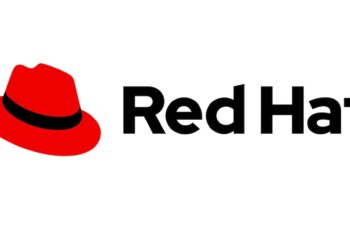In today’s complex environment of increasingly abundant high-quality, yet often conflicting information, additional customer research and learning does not lead to greater clarity, but rather deeper uncertainty. More often than not, today’s customers are left with no clear means for evaluating trade-offs or moving forward with sufficient certainty to justify an expensive, potentially disruptive purchase. B2B buyers face a customer confidence risk as they increasingly struggle to make large-scale purchase decisions.
“The single biggest sales challenge today is, in fact, customers’ confidence, but it’s confidence with a twist,” said Brent Adamson, distinguished vice president in Gartner’s Sales practice. “It’s not customers’ confidence in suppliers, but customers’ confidence in themselves and their ability to make good buying decisions that is in critically short supply.”
In fact, Gartner research shows that 89% of customers report encountering high-quality information during the purchase process. However, when customers struggle to make sense of all this high-quality information, they are significantly more likely to settle for a course of action that is smaller or less disruptive than originally planned.
Customers today value suppliers that provide them with the right information and confidence, through the right channels, designed to make the purchase process easier. This gives customers a playbook to anticipate and overcome buying obstacles they might otherwise fail to address. This specific kind of support — what we call Buyer Enablement — significantly decreases the kind of purchase regret known to reduce customer loyalty and advocacy, while also dramatically increasing a supplier’s likelihood of winning a larger deal at a better price.
Building Positive Sense Making Confidence
Customers with confidence in the information they encounter, as well as those who feel little scepticism toward any claims the sales reps have made, make bigger and bolder purchase decisions. Gartner experts said one selling approach that dramatically increases confidence and reduces scepticism is Sense Making. Sense Making helps customers evaluate information so they are able to prioritize various sources, quantify trade-offs and reconcile conflicting information.
This approach simplifies customers’ learning by helping them evaluate nd prioritize relevant information with positive confidence, all while helping customers arrive at their own understanding. In fact, sales reps perceived by customers as adopting a Sense Making approach to information succeeded in closing a high-quality, low-regret deal an astonishing 80% of the time.
Source: Gartner























